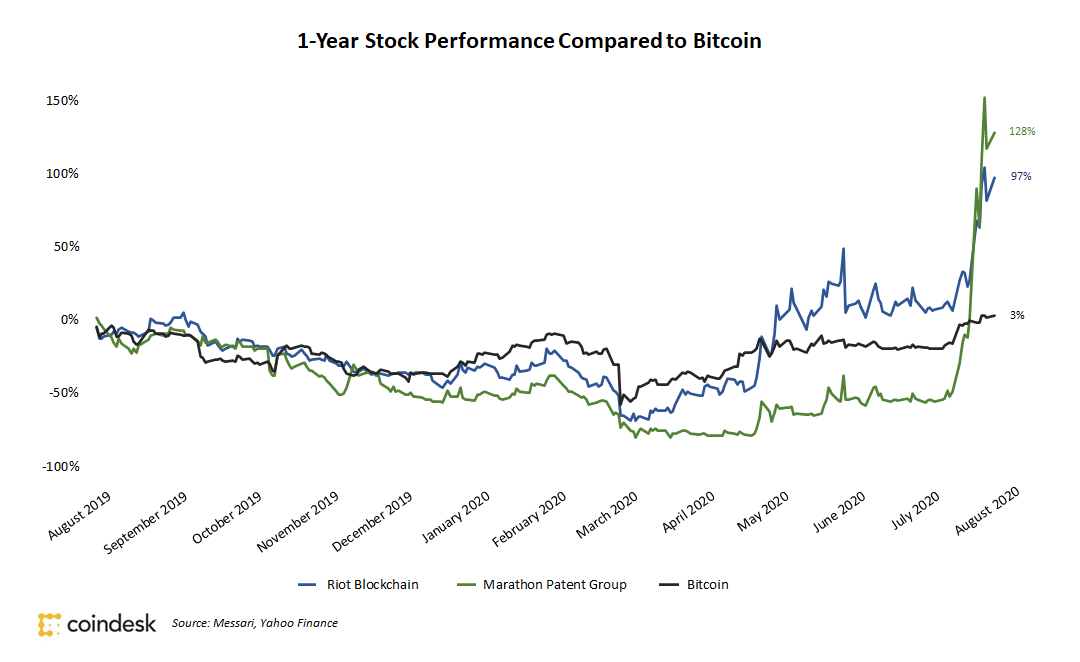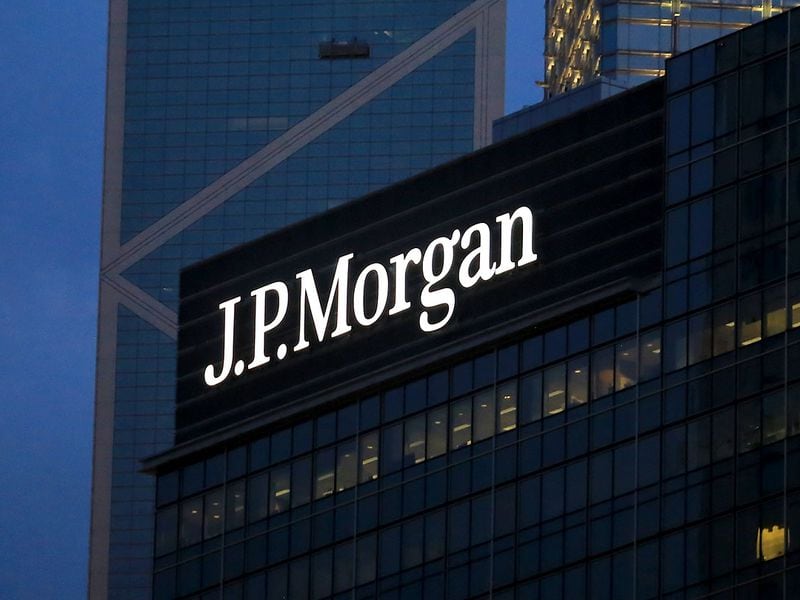CBDCs Come in Many Forms – Here’s a Quick Guide
The Bank of England, via Wikimedia Commons
CBDCs Come in Many Forms – Here’s a Quick Guide
George Calle is Market Intelligence Lead at R3, an enterprise blockchain software firm.
In just a few short years, digital currencies have progressed hugely. But while the early adopters of cryptocurrencies dreamed of entirely new digital coins transforming the way we pay for things, the volatility of cryptos like bitcoin has made this vision impossible, to date. As a result, the most common retail use for digital currencies is speculative trading.
Yet, the underlying technology has been adopted by the largest financial institutions in the world, providing significant efficiencies and opening new business opportunities. Now, even the world’s central banks are looking at how to bring blockchain-based payment tokens back to the retail markets.
Central bank digital currencies (CBDCs) are in active pilot across the world (see our recent report). The People’s Bank of China has its digital yuan project and Sweden’s central bank, Sveriges Riksbank, has announced a pilot for a digital version of its currency for retail use, dubbed the e-krona. The U.S. Federal Reserve, the Bank of England, the Bank of Japan and the European Central Bank are all exploring the technology.
The global pandemic has given additional impetus to this trend. The Bank for International Settlements (BIS), the so-called “central banks’ central bank,” recently said contaminated bills may be the catalyst for central banks to deliver a digital cash alternative for payments. Similarly, members of the U.S. Congress have recently called for a “digital dollar.”
In part, central banks are responding to challenges from private-sector initiatives, such as the Facebook-backed Libra Association. In addition, CBDCs also suggest substantial benefits for general purpose use which make them highly attractive in their own right. The digital nature of the currencies will modernize payments, making them more efficient and financially inclusive. Additionally, depending on the implementation, they could lead to a more transparent retail payment system, reducing black market trade. Meanwhile, central banks may benefit from easier facilitation of monetary policy and an increase in revenues.
Recent CBDC models take a collaborative approach with the private sector. For example, the Bank of England is researching what it calls the “platform model,” in which the central bank is the only entity allowed to create or destroy a token, while leaving “payment interface providers” (PIPs) to interact with end users.
The proposal gives PIPs the responsibility to maintain KYC checks, while providing them with the freedom to build customer relationships and differentiate themselves by providing additional services on top of the core payments.
Others have gone a step further. Researchers at the IMF recently coined the term synthetic CBDC (sCBDC) to describe a model in which a non-central bank entity, such as a commercial bank, can issue a stablecoin backed by central bank reserves.
The most common retail use for digital currencies is speculative trading.
Blockchain is crucial in enabling the tokenization of payment assets, allowing for peer-to-peer transactions and distributed custody. Additionally, blockchain enables atomic transactions, which means any conditional payment scenario, such as the delivery of a security in exchange for payment (DvP), can occur, in real-time, without risk that one leg of the transaction will execute before the other.
Digitizing the payment methods on blockchain enables easy connectivity into a growing tokenized financial ecosystem. This could include the facilitation of faster and cheaper cross-border payments, as well as tying CBDCs into other token uses, such as the new crop of ‘digital exchanges’ using blockchain to combine trading and post-trade services into a seamless whole. For example, the Swiss National Bank is working with the SIX Digital Exchange to explore how market participants can settle tokenized assets on the exchange with central bank money.
Finally, blockchain also sets the architecture for a more secure payment system in which there is no centralized point of failure for hackers to attack.
Looking forward, we can imagine a completely new architecture for money – a step change as significant as the invention of the credit card. Widespread access to CBDC will be key for central banks to fulfill their mandate of offering modern payments solutions. Additionally, it will catalyze connectivity between the general public, corporations and the financial industry with parallel innovations currently being built out by firms leveraging blockchain in non-payments related areas, such as tokenized exchanges or HQLAx’s collateral and liquidity management platform as just two examples. Central banks have a tremendous opportunity to orchestrate and provide purchasing power into this ecosystem.
Ultimately, we are likely to see a variety of uses for CBDCs in the retail space and a number of different implementations. Some central banks will issue CBDC directly to the general public. In other cases, a financial institution with a central bank account could issue stablecoins backed by reserves. Additionally, access may be facilitated through a network of financial institutions and payment companies that distribute CBDC to their customers.
In such a model, the job of the designated provider would be to manage and monetize that client relationship and deliver a superior user experience, in competition with other designated financial institutions, fintechs or payment companies. It provides the benefits of tokenized money to those who want it, and the benefits of simple account based services to those who don’t want to manage private keys.
Whatever the exact CBDC implementation in the retail space, it will have important benefits for a wide variety of institutions, from banks to corporate treasury departments to payment networks open to the general public.
Disclosure Read More
The leader in blockchain news, CoinDesk is a media outlet that strives for the highest journalistic standards and abides by a strict set of editorial policies. CoinDesk is an independent operating subsidiary of Digital Currency Group, which invests in cryptocurrencies and blockchain startups.









